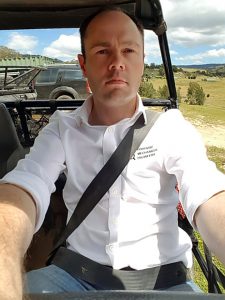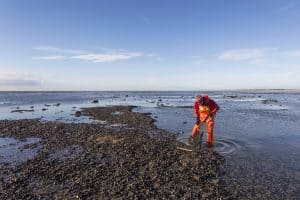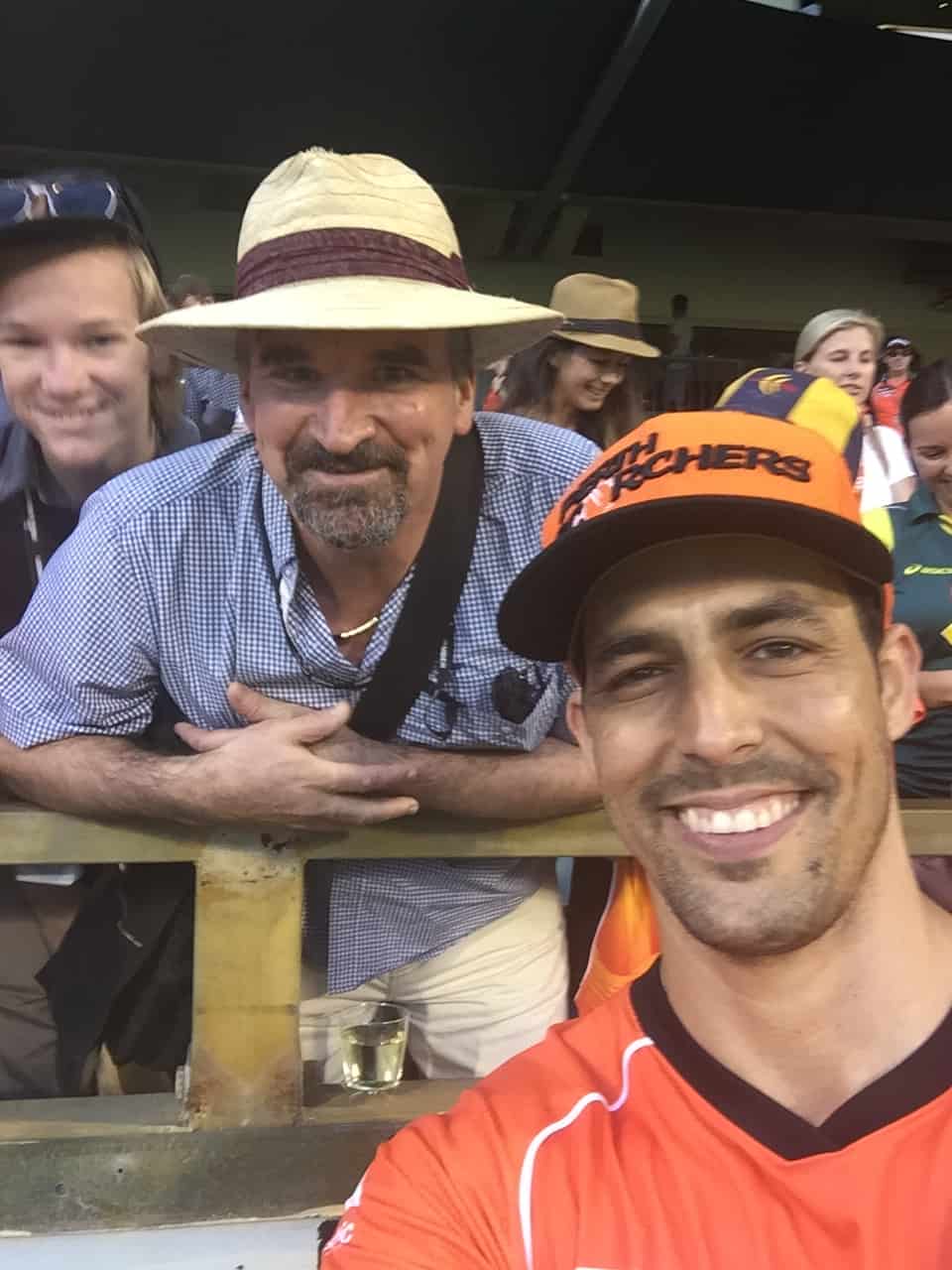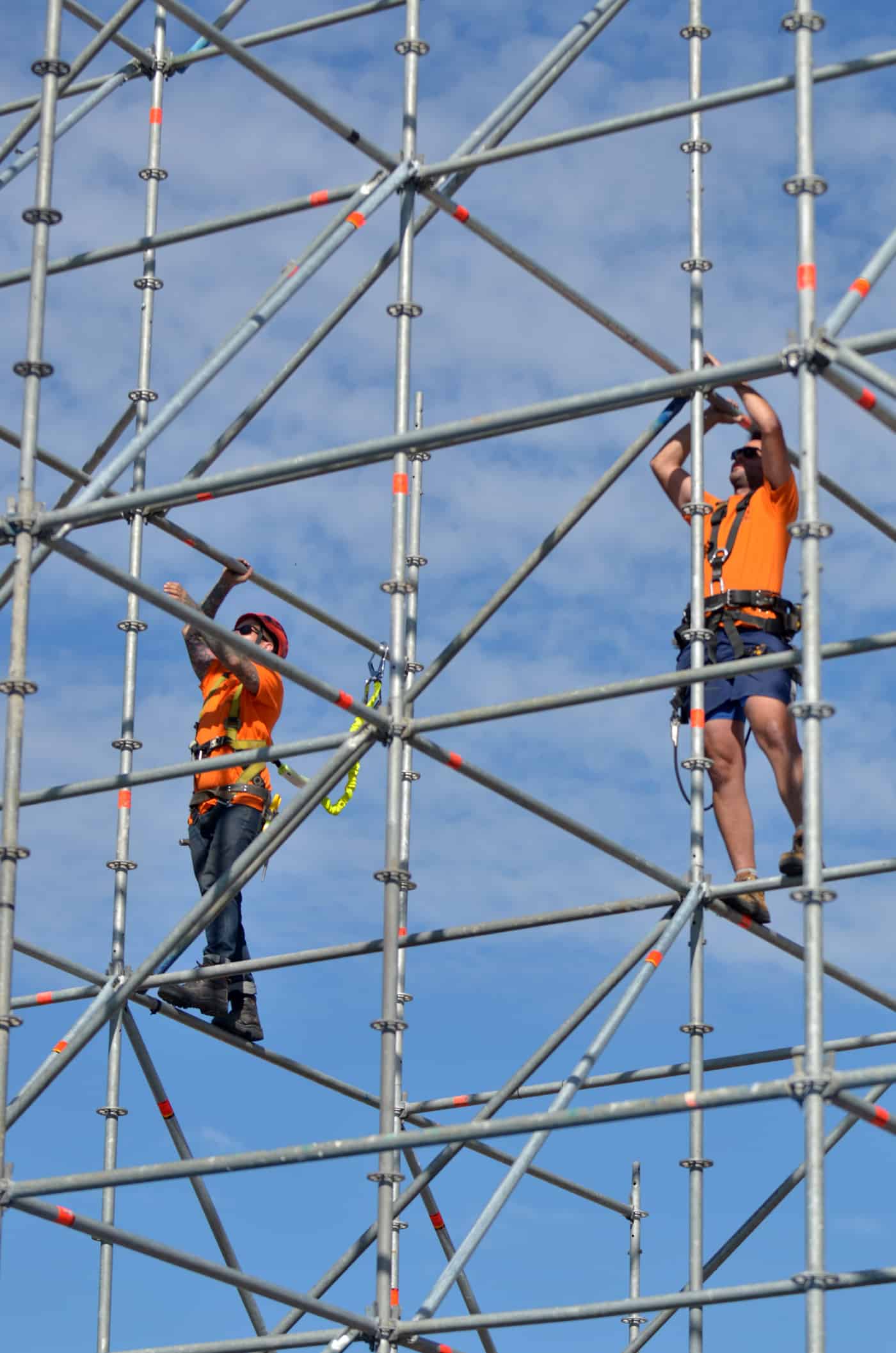 In 2018, Marie Boland will be conducting an independent review of Australia’s Work Health and Safety laws to see if the laws are
In 2018, Marie Boland will be conducting an independent review of Australia’s Work Health and Safety laws to see if the laws are
“… achieving their original objectives, and if they have resulted in any unintended consequences.”
We may already be seeing one of the unintended consequences. On December 22, 2017, SafeWork NSW granted an exemption on audiometric testing requirements.




